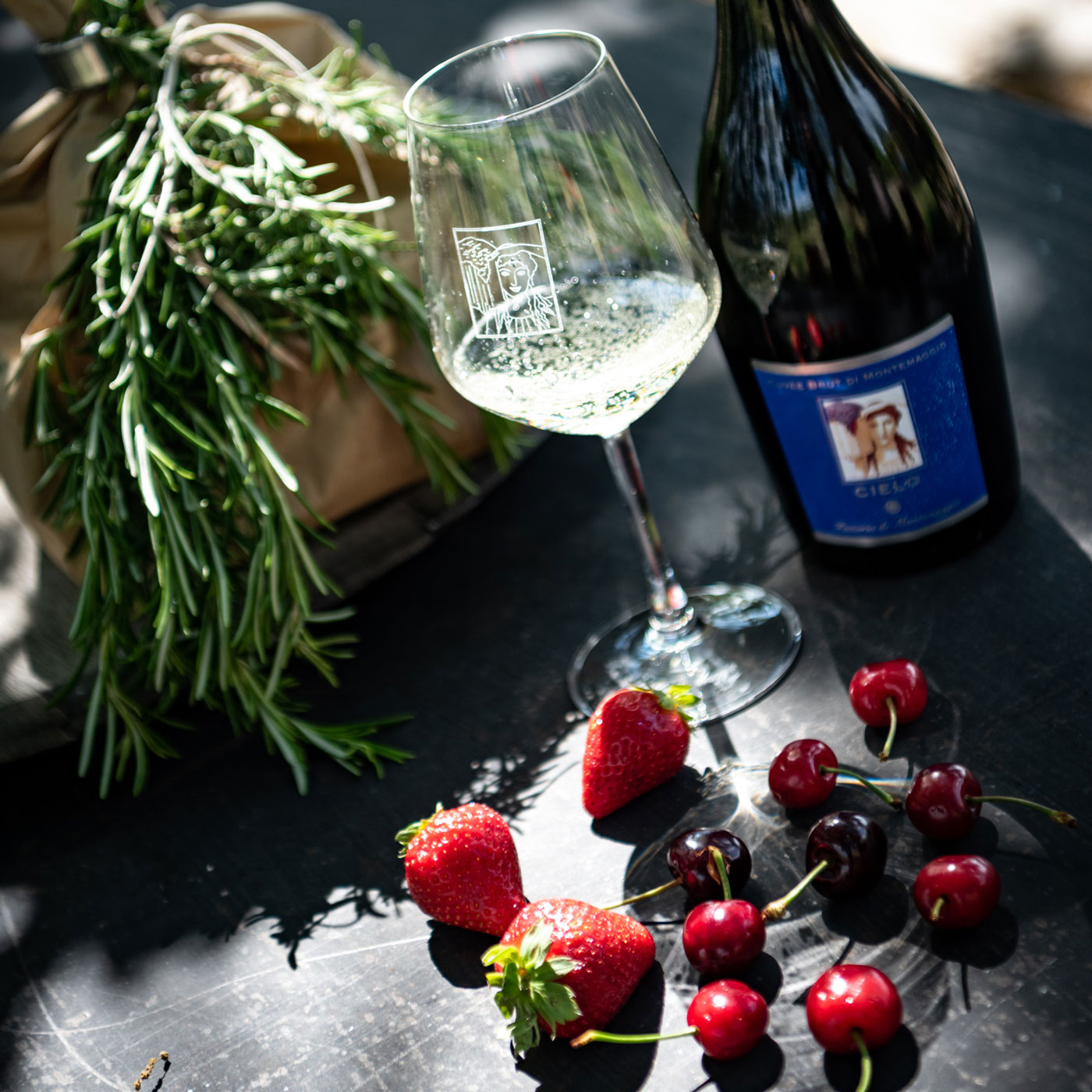
Sparkling Wines & Winemaking
Sparkling wines or vino spumante are getting more and more attention such as Prosecco, Franciacorta, Trento doc, Champagne, and so on and so forth.
Wine lovers from all over the world seem to have a sort of special attention for sparkling wines and it is also true that especially novices have difficulty in understanding the vast and complicated world of sparkling wines.
Defining sparkling wines
- Sparkling wines are defined as those kinds of wine in which there is a quantity of dissolved carbon dioxide.
- This carbon dioxide generates an internal pressure inside the bottle of 3.5 atmospheres.
- As a consequence, at the moment the bottle is going to be uncorked, the internal pressure will suddenly be reduced and this will create the infamous effervescence effect, with bubbles and froth.
- The bubbles inside the wine are called perlage, a term derived from the French language.
- The fineness, persistence, and the number of these bubbles represent the most important indicator to judge the quality of the wine.
Methods of sparkling winemaking
There are many methods of sparkling winemaking.
The two most important sparkling wine-making methods are Martinotti Method (or Charmat) and Classic Method.
In both cases, we will start from a base wine to which will be added a blend of sugars and yeasts. Thanks to this blend will take place a second fermentation which will create the internal effervescence of these wines.
Classical Method
This kind of approach involves a refermentation inside the bottle.
The period of contact with wine’s yeasts can vary from one year to three years, however, in some exceptional cases, it can also go beyond three years.
Martinotti Method (Charmat)
The second fermentation is done in containers, called fermenters or autoclaves, made of stainless steel under pressure.
In this case, the permanence of the wine with the amalgam of yeasts is much shorter.
Traditional (Ancestral) Method
There is also another method that recently started to be used pretty frequently and it is the ancestral method, also called the traditional method.
This method consists of simply bottling the wine with its yeasts and residual sugar.
As soon as temperatures will reach 20-22° C (68-86° F), the typical spring-time temperature, the second fermentation will naturally take place.
Another point that is very important to be clarified is related to the residual sugar present in bottles.
Depending on the residual sugar present in the wine after the end of the process and the so-called “froth setting”.
A list of the parameters and definitions
- Pas Dosè: less than 3 grams per liter.
- Extra-brut: between 0 and 6 grams per liter.
- Brut: less than 12 grams per liter
- Extra dry: up to 17 grams per liter.
- Dry: up to 32 grams per liter.
- Demi-Sec: up to 50 grams per liter.
- Doux: more than 50 grams per liter
It is also important to clarify the difference between sparkling wine and semi-sparkling wine.
Sparkling wine versus semi-sparkling wine
Vini Spumanti, as opposed to vini frizzanti, has a different internal pressure. This pressure is lower than 2.5 atmospheres.
They can be produced both with the ancestral method and with the Charmat method.
Usually, Vini spumanti (especially the ones produced with the classical method) will surely have a more precious perlage, but what matters, in the end, is what reflects your taste more.
Of course, do your research, and learn more about wine tasting, but most of all always trust your palate.
And while we didn’t get into it here, you can learn more about the best champagne glasses for your sparkling wine and enjoy it even better.
Contact us should you have any questions, book your next wine tasting tour with us, visit our estate, order some wine for yourself online, or check out some of our other blogs here.






Leave a Reply